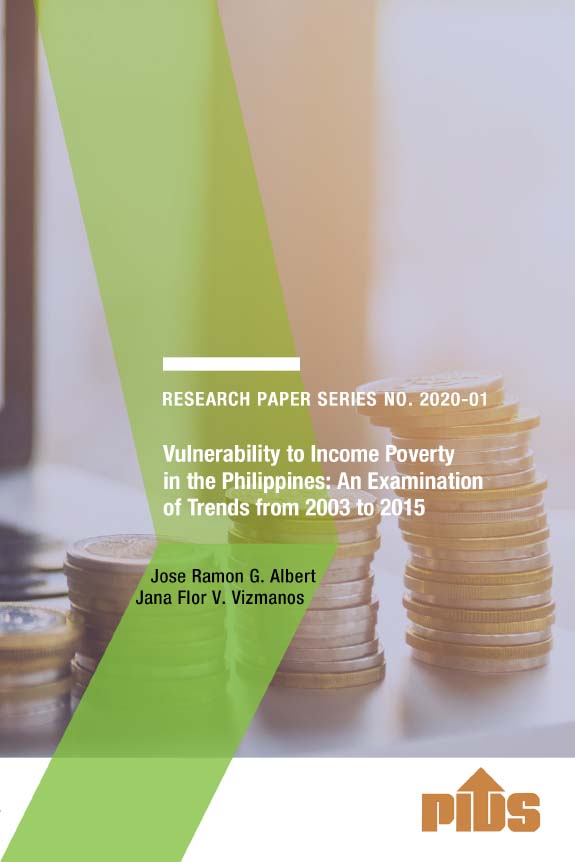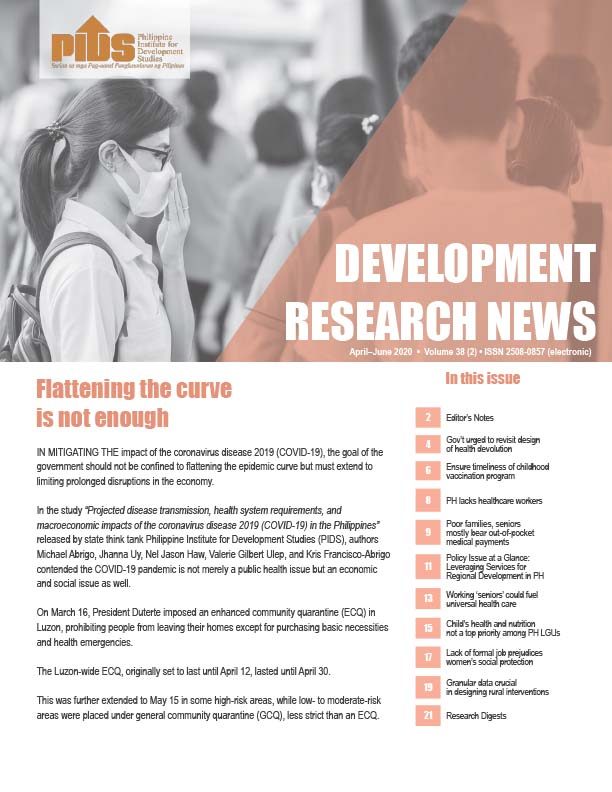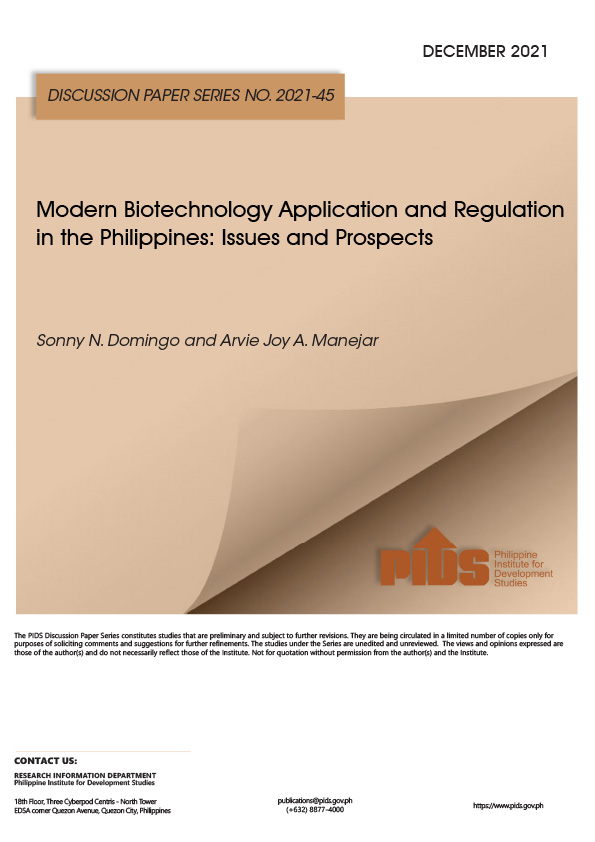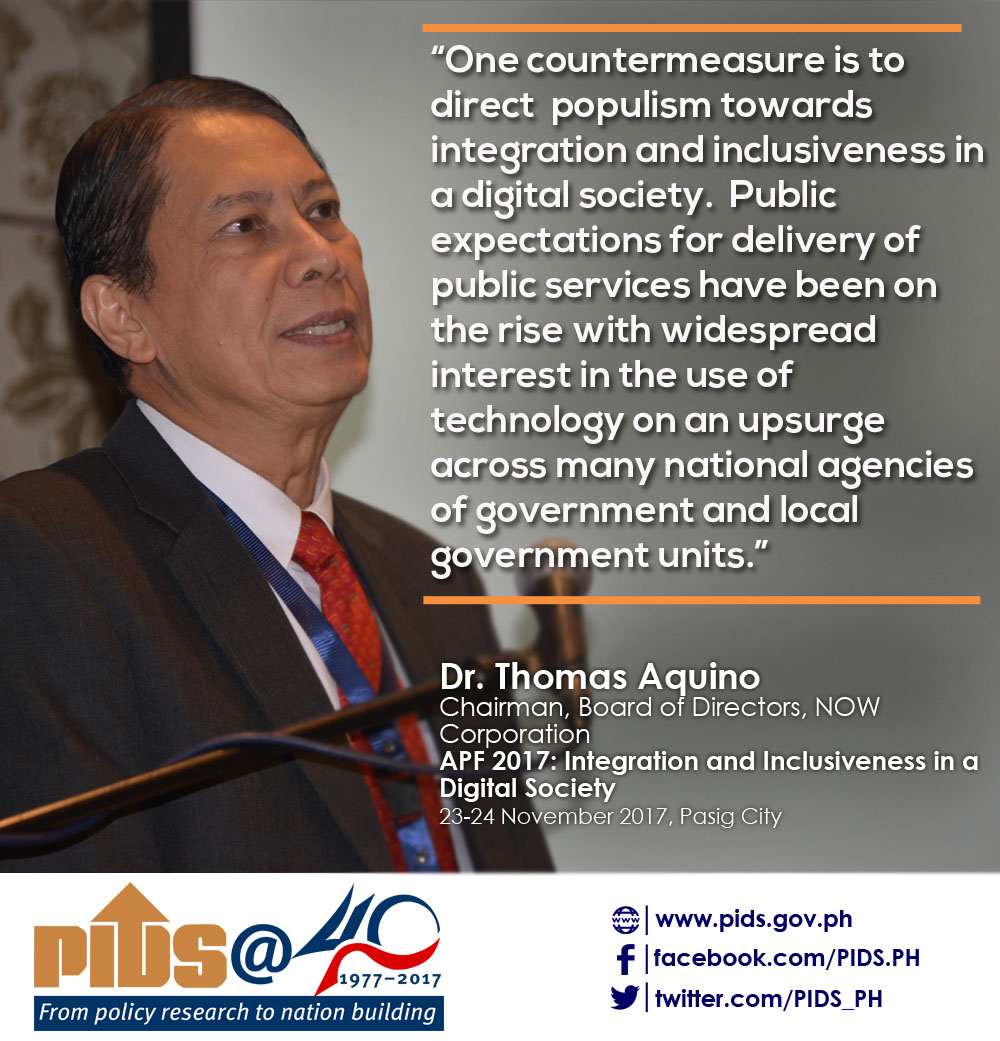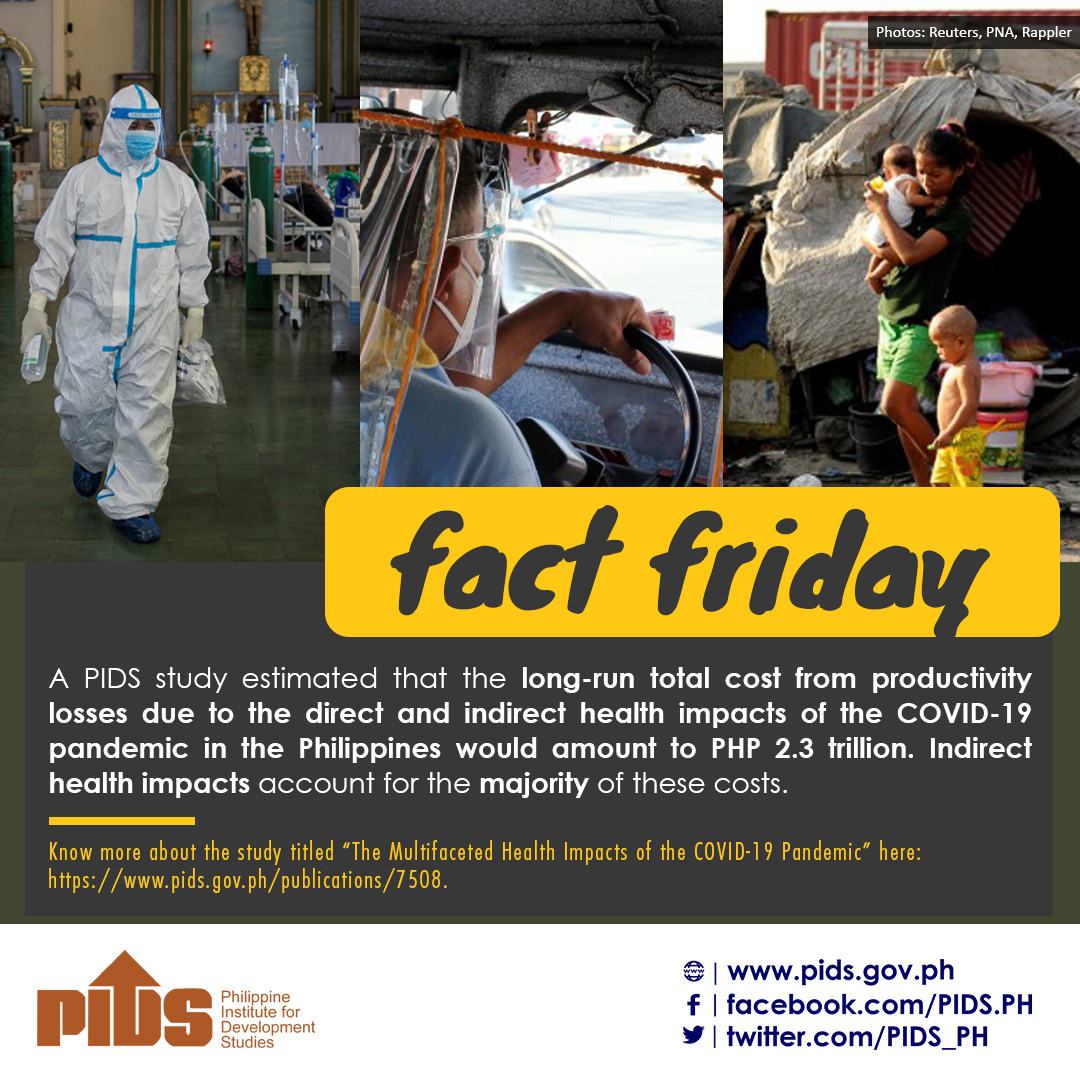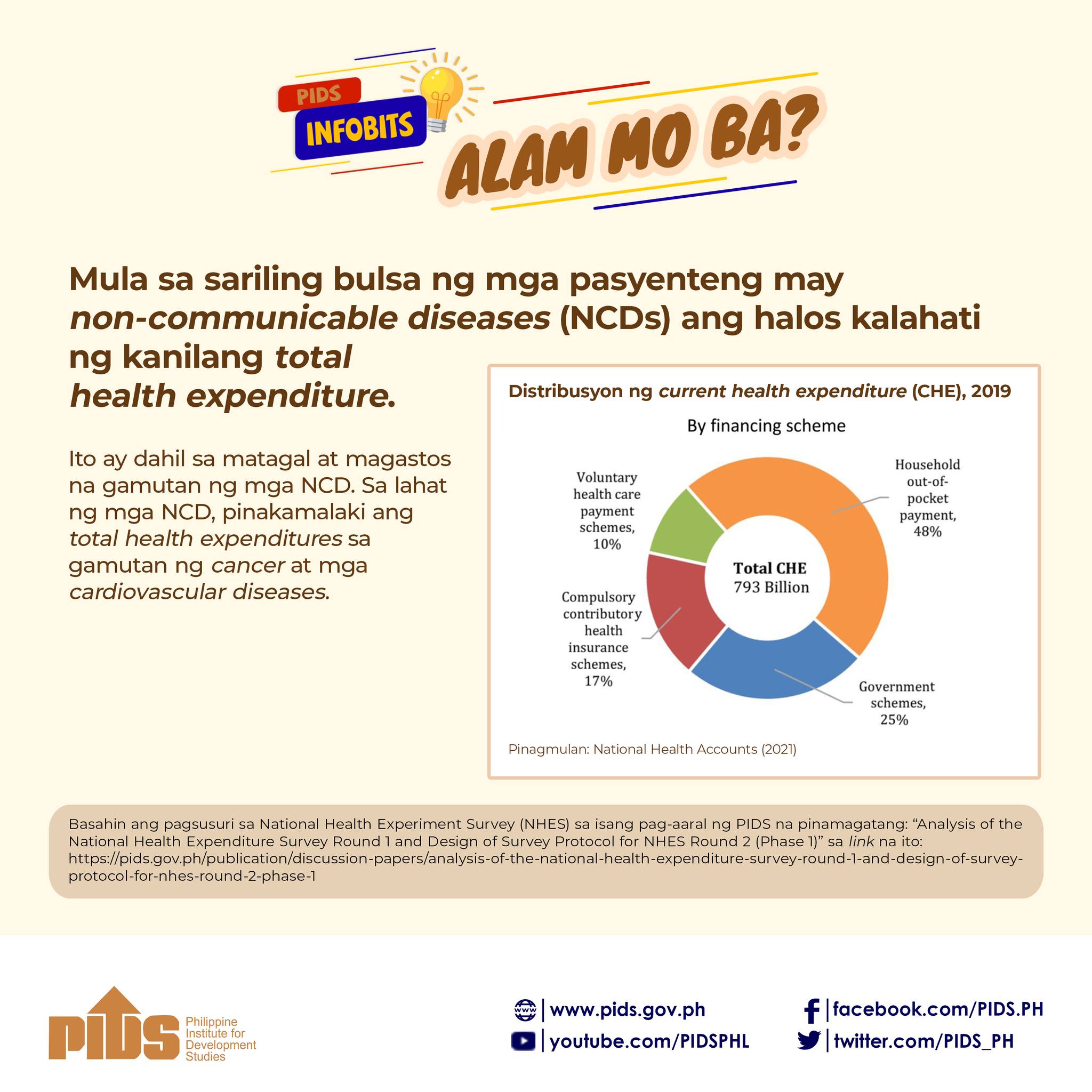President Duterte and the Inter-Agency Task Force (IATF) for the Management of Emerging Infectious Diseases will be meeting today, Monday, to decide within the week whether to extend the enhanced community quarantine (ECQ) or modify it amid the continuing coronavirus disease 2019 or COVID-19 pandemic.
Last week, presidential spokesman Harry Roque warned that a total lockdown is possible if people kept violating quarantine protocols and the COVID-19 cases would continue to increase. The gradual lifting of the ECQ, officials pointed out, would depend on the flattening of the COVID curve.
On Sunday, April 19, the Department of Health (DOH) said efforts to strengthen the country’s testing capacity may be derailed as the operations of the Research Institute for Tropical Medicine (RITM) have been reduced.
In a press conference, DOH Undersecretary Maria Rosario Vergeire admitted this would have an impact on the number of confirmed COVID-19 cases being reported daily.
“The operations at the RITM have been scaled down to allow the implementation of some measures that will ensure the safety of our health workers. But rest assured that its operations will not stop,” she assured the public.
RITM is the country’s national referral center for infectious diseases. It is currently the main laboratory for COVID-19 testing.
As of April 13, data showed the DOH has 10 laboratories, including RITM, that have been conducting tests for COVID-19 using real time-polymerase chain reaction or RT-PCR.
RITM accounted for 33,076 of the 43,500 total tests done so far, conducting 1,000 tests per day.
The Southern Philippine Medical Center in Davao accounted for 2,094 tests, followed by Baguio General Hospital with 2,019; Vicente Sotto Memorial Medical Center, 1,662; Western Visayas Medical Center, 1,517; Lung Center of the Philippines, 973; St. Luke’s Medical Center, 799; University of the Philippines-National Institutes of Health (UP-NIH), 797; San Lazaro Hospital, 480, and Bicol Regional Diagnostic and Reference Laboratory, 83.
Flattening the curve
Asked about the parameters that the DOH would use to declare that the country has flattened the COVID curve, Vergeire said this would be studied by the IATF.
But in an earlier briefing, Vergeire said that the goal is to increase the country’s testing capacity to 6,000 to 8,000 per day to ensure prompt detection, isolation of the cases for proper management as well as contact tracing. At present, around 4,000 tests are being done every day.
The DOH is also working to have more test kits and testing laboratories to stabilize the country’s testing capacity.
According to the World Health Organization (WHO), the COVID curve can be considered to have flattened if the transmission of the virus has significantly slowed down.
As of yesterday, the DOH had documented 172 new COVID-19 cases, bringing the total to 6,259. The death toll rose to 409 with 12 new fatalities recorded.
On the other hand, the number of survivors reached 572, with 56 newly recovered patients.
According to IATF spokesperson and Cabinet Secretary Karlo Nograles, the task force is expected to discuss today which industries and sectors can be allowed to resume operations, and whether the quarantine should still cover the entire Luzon or only selected areas.
The government, Nograles said, would consider five parameters in deciding whether to lift or extend the quarantine. These are the epidemiological curve or the acceleration or deceleration of COVID-19 cases; health aspects, including capacity to test, isolate, and treat patients and facilities; social aspect; economic aspect, and security aspect.
“We do not know yet what will happen,” Nograles said. “Hopefully, we will arrive at a consensus. Whatever recommendations to be presented, ultimately, it will be President Duterte who will decide.”
Nograles stressed that regardless of the post-quarantine scenario to be implemented, the wearing of masks, constant disinfection and social or physical distancing would still be required.
He said the government is expected to ramp up the testing of persons or patients under investigation and persons under monitoring beginning Tuesday because of improved testing capacity.
UP testing kits
Starting Monday, April 20, the local test kits for COVID-19 that were developed by Filipino scientists from the Philippine Genome Center (PGC) and the UP-NIH will be used for the first time.
PGC deputy executive director Raul Destura said their real time-polymerase chain reaction (RT-PCR) test kits would be used at the laboratory of the UP-NIH.
“We are opening the first testing at the NIH… because logically, these are NIH kits. It’s just proper to give them priority,” Destura, who led the local scientists that developed the kits, said.
The technology was developed by Manila HealthTek Inc., a spinoff company of UP-NIH to pursue research and development, with the funds provided by the Department of Science and Technology.
The kits have undergone field testing before they were validated and approved for use by the Food and Drug Administration.
RT-PCR is considered as the “gold standard” for testing COVID-19. Samples that are examined using the rapid antibody-based test kits must undergo confirmatory tests using RT-PCR to validate the results.
Destura said they are now able to manufacture some 6,000 to 8,000 kits per day, and they are hoping to increase it further to 16,000 per day by May 1.
“We are in full manufacturing gear and we have committed to produce the first 26,000 kits for DOST,” he added.
Local government units can use the test kits, but they have to secure accreditation to run the test. After this, Destura’s team will provide them technical support.
Mass testing not happening?
Senators are finding the DOH’s implementation of the mass testing for COVID-19 too slow.
Sen. Grace Poe has pushed anew for an aggressive, widespread and free testing all over the country to help end the COVID-19 pandemic.
“We cannot effectively fight the COVID-19 pandemic without massive testing to find out who has the disease. Testing has to happen on an enormous scale to curb the spread of the virus, keep deaths low and allow the economy to recover,” Poe said.
Poe made the call as the national government announced it would be buying at least two million rapid test kits and close to a million PCR test kits.
Achieving the ideal scale of tests would entail a huge boost in capacity and closer coordination between the national government, led by the DOH, and local government units (LGUs), Poe noted.
She said massive testing is especially critical in finding people who may be spreading the virus without showing symptoms. It is similarly essential in areas where there are persons with suspected or mild cases of COVID-19.
There should be massive testing at the shortest possible time so that contact tracing can be conducted immediately, Poe said.
“Anything that can help – there’s no perfect science on this as of now – as long as it will not cause danger, let’s allow it,” she said.
Poe cited data from the state-run think tank Philippine Institute for Development Studies, which said that if the county fails to curb the disease, it could require 500,000 more intensive care unit beds, 300,000 mechanical ventilators, and a million hospital beds for patients.
Sen. Sonny Angara also called for the speeding up of mass and random testing, particularly at the community level.
Angara expressed concern about how many COVID-19 cases are not being detected and are still spreading the virus in communities.
Around 18 to 20 percent of COVID-19 carriers are asymptomatic, meaning they show none of the symptoms common to the virus.
Due to limitations, individuals who are asymptomatic are not being tested by the DOH. Once capacity has improved, even the asymptomatic will be included in the testing.
To lift or not to lift
Sen. Christopher “Bong” Go, chairman of the Senate committee on health, announced on Sunday that Duterte is scheduled to preside today, April 20, over an expanded meeting with members of the IATF to include health secretaries of previous administrations and other experts to aid him in making a decision on the ECQ that has been extended until April 30. It was supposed to end on April 15 or about a month since it was imposed on March 17 to prevent the spread of COVID-19 cases.
“The coming days will be crucial,” Go said. “The people’s lives and livelihood are at stake.”
Nograles noted that the Philippines has to consider the reminder of the WHO about the risks of lifting lockdowns prematurely.
The enhanced community quarantine cannot be lifted abruptly, the government said yesterday, as it warned that strict measures would be implemented again if there is a resurgence in coronavirus cases after the ECQ is lifted.
“We have to follow, if ever, the advice of the WHO that we cannot be abrupt on this. So one of the options being eyed is phase-by-phase (lifting). Maybe it should be targeted. We have to choose (which establishments) should reopen and what work force would be allowed to work, what transport systems would be allowed,” Nograles said.
“We have these kinds of guidelines that should be imposed, and once they are approved by President Duterte, we would have new do’s and don’t’s,” he added.
The ECQ was extended to give the government more time to conduct tests and strengthen the country’s health system.
Go and Nograles made the statements in separate interviews over radio station dzBB.
Dr. Anthony Leachon, special adviser to the IATF, said peace adviser Carlito Galvez, chief implementer of the National Action Plan on COVID-19, currently has three post-April 30 scenarios:
“Personally, I believe the second option gives better specificity and is nuanced per LGU. For each LGU, there are massive implications for coping and building capacity to execute. I think a combination of the first and second, if properly timed and well executed, may address both flattening the curve and getting the economy moving,” Leachon said.
Last week, presidential spokesman Harry Roque warned that a total lockdown is possible if people kept violating quarantine protocols and the COVID-19 cases would continue to increase. The gradual lifting of the ECQ, officials pointed out, would depend on the flattening of the COVID curve.
On Sunday, April 19, the Department of Health (DOH) said efforts to strengthen the country’s testing capacity may be derailed as the operations of the Research Institute for Tropical Medicine (RITM) have been reduced.
In a press conference, DOH Undersecretary Maria Rosario Vergeire admitted this would have an impact on the number of confirmed COVID-19 cases being reported daily.
“The operations at the RITM have been scaled down to allow the implementation of some measures that will ensure the safety of our health workers. But rest assured that its operations will not stop,” she assured the public.
RITM is the country’s national referral center for infectious diseases. It is currently the main laboratory for COVID-19 testing.
As of April 13, data showed the DOH has 10 laboratories, including RITM, that have been conducting tests for COVID-19 using real time-polymerase chain reaction or RT-PCR.
RITM accounted for 33,076 of the 43,500 total tests done so far, conducting 1,000 tests per day.
The Southern Philippine Medical Center in Davao accounted for 2,094 tests, followed by Baguio General Hospital with 2,019; Vicente Sotto Memorial Medical Center, 1,662; Western Visayas Medical Center, 1,517; Lung Center of the Philippines, 973; St. Luke’s Medical Center, 799; University of the Philippines-National Institutes of Health (UP-NIH), 797; San Lazaro Hospital, 480, and Bicol Regional Diagnostic and Reference Laboratory, 83.
Flattening the curve
Asked about the parameters that the DOH would use to declare that the country has flattened the COVID curve, Vergeire said this would be studied by the IATF.
But in an earlier briefing, Vergeire said that the goal is to increase the country’s testing capacity to 6,000 to 8,000 per day to ensure prompt detection, isolation of the cases for proper management as well as contact tracing. At present, around 4,000 tests are being done every day.
The DOH is also working to have more test kits and testing laboratories to stabilize the country’s testing capacity.
According to the World Health Organization (WHO), the COVID curve can be considered to have flattened if the transmission of the virus has significantly slowed down.
As of yesterday, the DOH had documented 172 new COVID-19 cases, bringing the total to 6,259. The death toll rose to 409 with 12 new fatalities recorded.
On the other hand, the number of survivors reached 572, with 56 newly recovered patients.
According to IATF spokesperson and Cabinet Secretary Karlo Nograles, the task force is expected to discuss today which industries and sectors can be allowed to resume operations, and whether the quarantine should still cover the entire Luzon or only selected areas.
The government, Nograles said, would consider five parameters in deciding whether to lift or extend the quarantine. These are the epidemiological curve or the acceleration or deceleration of COVID-19 cases; health aspects, including capacity to test, isolate, and treat patients and facilities; social aspect; economic aspect, and security aspect.
“We do not know yet what will happen,” Nograles said. “Hopefully, we will arrive at a consensus. Whatever recommendations to be presented, ultimately, it will be President Duterte who will decide.”
Nograles stressed that regardless of the post-quarantine scenario to be implemented, the wearing of masks, constant disinfection and social or physical distancing would still be required.
He said the government is expected to ramp up the testing of persons or patients under investigation and persons under monitoring beginning Tuesday because of improved testing capacity.
UP testing kits
Starting Monday, April 20, the local test kits for COVID-19 that were developed by Filipino scientists from the Philippine Genome Center (PGC) and the UP-NIH will be used for the first time.
PGC deputy executive director Raul Destura said their real time-polymerase chain reaction (RT-PCR) test kits would be used at the laboratory of the UP-NIH.
“We are opening the first testing at the NIH… because logically, these are NIH kits. It’s just proper to give them priority,” Destura, who led the local scientists that developed the kits, said.
The technology was developed by Manila HealthTek Inc., a spinoff company of UP-NIH to pursue research and development, with the funds provided by the Department of Science and Technology.
The kits have undergone field testing before they were validated and approved for use by the Food and Drug Administration.
RT-PCR is considered as the “gold standard” for testing COVID-19. Samples that are examined using the rapid antibody-based test kits must undergo confirmatory tests using RT-PCR to validate the results.
Destura said they are now able to manufacture some 6,000 to 8,000 kits per day, and they are hoping to increase it further to 16,000 per day by May 1.
“We are in full manufacturing gear and we have committed to produce the first 26,000 kits for DOST,” he added.
Local government units can use the test kits, but they have to secure accreditation to run the test. After this, Destura’s team will provide them technical support.
Mass testing not happening?
Senators are finding the DOH’s implementation of the mass testing for COVID-19 too slow.
Sen. Grace Poe has pushed anew for an aggressive, widespread and free testing all over the country to help end the COVID-19 pandemic.
“We cannot effectively fight the COVID-19 pandemic without massive testing to find out who has the disease. Testing has to happen on an enormous scale to curb the spread of the virus, keep deaths low and allow the economy to recover,” Poe said.
Poe made the call as the national government announced it would be buying at least two million rapid test kits and close to a million PCR test kits.
Achieving the ideal scale of tests would entail a huge boost in capacity and closer coordination between the national government, led by the DOH, and local government units (LGUs), Poe noted.
She said massive testing is especially critical in finding people who may be spreading the virus without showing symptoms. It is similarly essential in areas where there are persons with suspected or mild cases of COVID-19.
There should be massive testing at the shortest possible time so that contact tracing can be conducted immediately, Poe said.
“Anything that can help – there’s no perfect science on this as of now – as long as it will not cause danger, let’s allow it,” she said.
Poe cited data from the state-run think tank Philippine Institute for Development Studies, which said that if the county fails to curb the disease, it could require 500,000 more intensive care unit beds, 300,000 mechanical ventilators, and a million hospital beds for patients.
Sen. Sonny Angara also called for the speeding up of mass and random testing, particularly at the community level.
Angara expressed concern about how many COVID-19 cases are not being detected and are still spreading the virus in communities.
Around 18 to 20 percent of COVID-19 carriers are asymptomatic, meaning they show none of the symptoms common to the virus.
Due to limitations, individuals who are asymptomatic are not being tested by the DOH. Once capacity has improved, even the asymptomatic will be included in the testing.
To lift or not to lift
Sen. Christopher “Bong” Go, chairman of the Senate committee on health, announced on Sunday that Duterte is scheduled to preside today, April 20, over an expanded meeting with members of the IATF to include health secretaries of previous administrations and other experts to aid him in making a decision on the ECQ that has been extended until April 30. It was supposed to end on April 15 or about a month since it was imposed on March 17 to prevent the spread of COVID-19 cases.
“The coming days will be crucial,” Go said. “The people’s lives and livelihood are at stake.”
Nograles noted that the Philippines has to consider the reminder of the WHO about the risks of lifting lockdowns prematurely.
The enhanced community quarantine cannot be lifted abruptly, the government said yesterday, as it warned that strict measures would be implemented again if there is a resurgence in coronavirus cases after the ECQ is lifted.
“We have to follow, if ever, the advice of the WHO that we cannot be abrupt on this. So one of the options being eyed is phase-by-phase (lifting). Maybe it should be targeted. We have to choose (which establishments) should reopen and what work force would be allowed to work, what transport systems would be allowed,” Nograles said.
“We have these kinds of guidelines that should be imposed, and once they are approved by President Duterte, we would have new do’s and don’t’s,” he added.
The ECQ was extended to give the government more time to conduct tests and strengthen the country’s health system.
Go and Nograles made the statements in separate interviews over radio station dzBB.
Dr. Anthony Leachon, special adviser to the IATF, said peace adviser Carlito Galvez, chief implementer of the National Action Plan on COVID-19, currently has three post-April 30 scenarios:
- A modified community quarantine under which restrictions on “essential workers” are relaxed;
- A “rolling” lifting of community quarantine by local government units (LGUs), or localized lifting depending on certain health parameters;
- Maintain the status quo, meaning an extension of the ECQ to May 15.
“Personally, I believe the second option gives better specificity and is nuanced per LGU. For each LGU, there are massive implications for coping and building capacity to execute. I think a combination of the first and second, if properly timed and well executed, may address both flattening the curve and getting the economy moving,” Leachon said.

